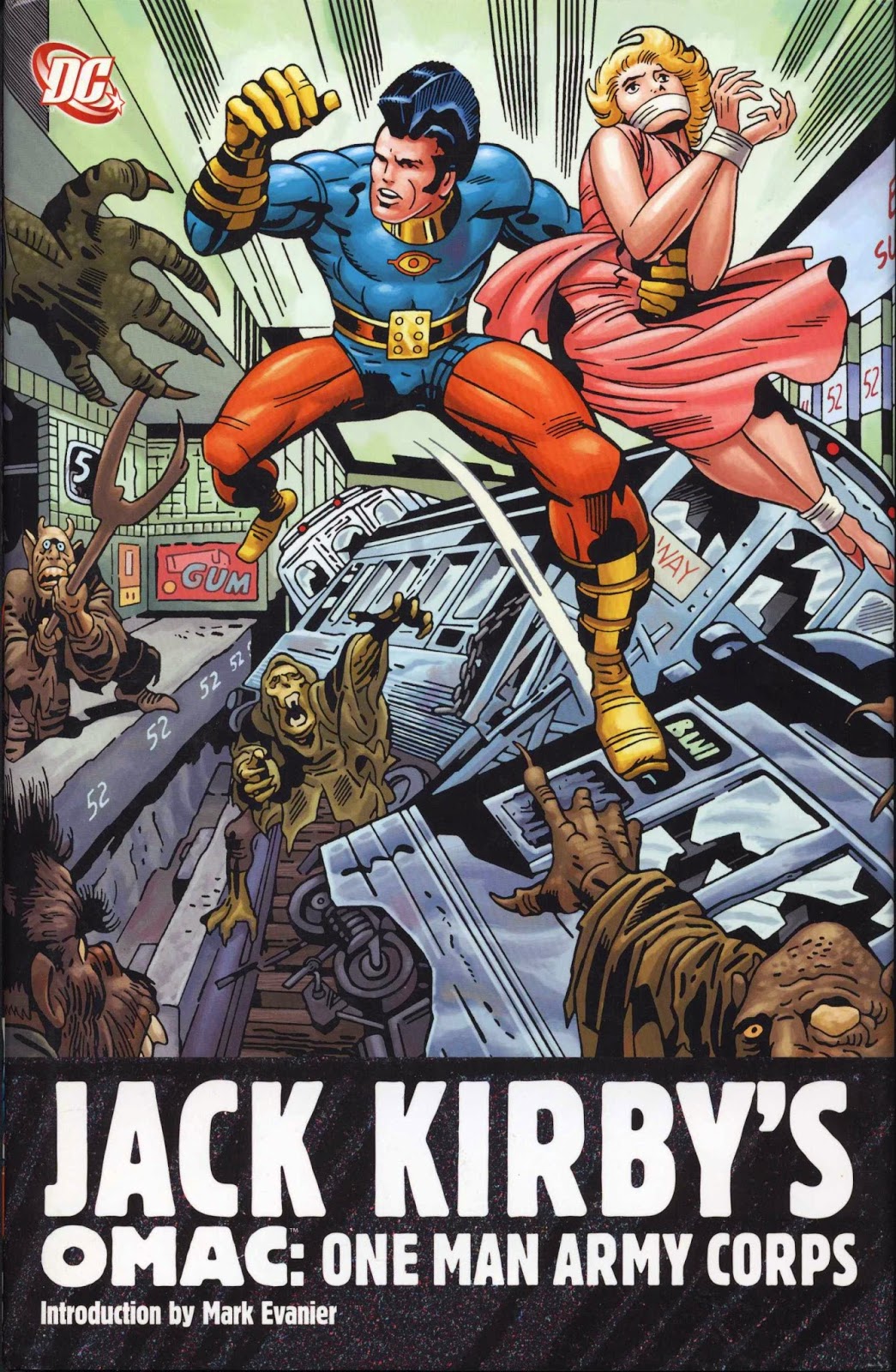2 / 5 Stars
‘The Spell Sword: A Darkover Novel’ (158 pp.) first was published by DAW Books (No. 119) in September, 1974, with a cover by George Barr. In 1977 DAW issued a second printing, with excellent cover art by Richard Hescox.
As the novel opens Andrew Carr, a crewmember who serves on Terran merchant starships, is the sole survivor of the crash of a mapping and survey plane in the snow-swept cliffs of the Khilgard Hills. Injured, and unable to send off a distress signal to the far-off Terran office on Darkover, Carr struggles to stay alive in the freezing, crumpled wreckage of the plane’s fuselage. There, Carr experiences psychic sendings from a young Darkovan woman named Callista, who is apparently imprisoned somewhere in the valley below. Guided by Callista, Andrew Carr finds shelter and survival amid the cutting gusts and subzero temperatures of the mountain.
Another plot thread deals with the travails of Damon Ridenow, a Comyn nobleman who is traveling on a mission of urgency to the stronghold of Armida in the valley below the Khilgard Hills. Damon’s party is attacked and decimated by invisible assailants, and only Damon survives the carnage and arrives safely at Armida. There, he learns that Callista, daughter of Dom Esteban, and a ‘keeper’ gifted with psychic powers, has been abducted by unknown adversaries and is imprisoned in the foreboding Dark Lands beyond the boundaries of Dom Esteban’s holdings.
As the separate paths of Andrew Carr and Damon Ridenow converge, it emerges that Carr – despite being an off-worlder – possess a unique psychic capability of his own, for he, and he alone, is capable of telepathic communication with Callista. As Callista’s fate grows ever more precarious, Damon must instruct Carr in the mysteries and uses of Darkover’s psi-powers. For a rescue party is to be dispatched to search for Callista – a rescue mission that can only lead to a bloody confrontation with the cat-people who rule the Dark Lands…..
‘The Spell Sword’ starts off on a promising note, with the stranded Terran officer’s fight for survival in a hostile landscape; a damsel in distress; and a bloody sword battle between humans and mutants. The opening chapters would thus seem well-crafted to lend momentum to the remainder of the narrative, but unfortunately, author Bradley allows the momentum to rapidly dissipate by launching into extended discourses on the scientific and spiritual underpinnings of the telepathic powers wielded by the various characters, and their role in the evolution and history of Darkover culture and society.
The closing chapters do feature a return to a more action-filled narrative, but not without some contrivances, involving a sort of benign ‘possession’ that helps to equalize the odds between the Darkover rescue party and the awaiting cat-people.
In summary, ‘The Spell Sword’ is just another middling-quality Darkover novel. It’s obviously something that fans of the series will want to read, but for all others, it is strictly optional.
‘The Spell Sword: A Darkover Novel’ (158 pp.) first was published by DAW Books (No. 119) in September, 1974, with a cover by George Barr. In 1977 DAW issued a second printing, with excellent cover art by Richard Hescox.
As the novel opens Andrew Carr, a crewmember who serves on Terran merchant starships, is the sole survivor of the crash of a mapping and survey plane in the snow-swept cliffs of the Khilgard Hills. Injured, and unable to send off a distress signal to the far-off Terran office on Darkover, Carr struggles to stay alive in the freezing, crumpled wreckage of the plane’s fuselage. There, Carr experiences psychic sendings from a young Darkovan woman named Callista, who is apparently imprisoned somewhere in the valley below. Guided by Callista, Andrew Carr finds shelter and survival amid the cutting gusts and subzero temperatures of the mountain.
Another plot thread deals with the travails of Damon Ridenow, a Comyn nobleman who is traveling on a mission of urgency to the stronghold of Armida in the valley below the Khilgard Hills. Damon’s party is attacked and decimated by invisible assailants, and only Damon survives the carnage and arrives safely at Armida. There, he learns that Callista, daughter of Dom Esteban, and a ‘keeper’ gifted with psychic powers, has been abducted by unknown adversaries and is imprisoned in the foreboding Dark Lands beyond the boundaries of Dom Esteban’s holdings.
As the separate paths of Andrew Carr and Damon Ridenow converge, it emerges that Carr – despite being an off-worlder – possess a unique psychic capability of his own, for he, and he alone, is capable of telepathic communication with Callista. As Callista’s fate grows ever more precarious, Damon must instruct Carr in the mysteries and uses of Darkover’s psi-powers. For a rescue party is to be dispatched to search for Callista – a rescue mission that can only lead to a bloody confrontation with the cat-people who rule the Dark Lands…..
‘The Spell Sword’ starts off on a promising note, with the stranded Terran officer’s fight for survival in a hostile landscape; a damsel in distress; and a bloody sword battle between humans and mutants. The opening chapters would thus seem well-crafted to lend momentum to the remainder of the narrative, but unfortunately, author Bradley allows the momentum to rapidly dissipate by launching into extended discourses on the scientific and spiritual underpinnings of the telepathic powers wielded by the various characters, and their role in the evolution and history of Darkover culture and society.
The closing chapters do feature a return to a more action-filled narrative, but not without some contrivances, involving a sort of benign ‘possession’ that helps to equalize the odds between the Darkover rescue party and the awaiting cat-people.
In summary, ‘The Spell Sword’ is just another middling-quality Darkover novel. It’s obviously something that fans of the series will want to read, but for all others, it is strictly optional.








































































